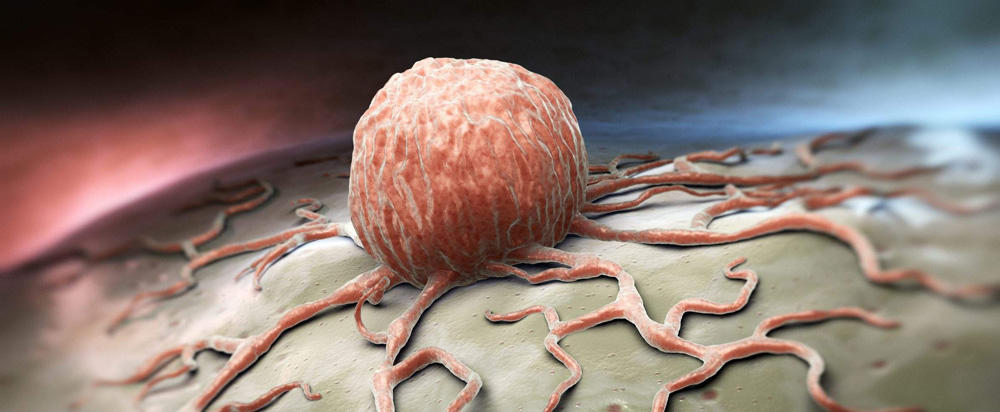Carcinomas and sarcomas are collectively referred to as malignant tumors, also commonly known as cancers.
1. Carcinomas and sarcomas differ in the tissues from which they originate. Carcinomas generally originate from human epithelial tissues, such as squamous epithelium of the vagina and esophagus, glandular epithelium of various glands, and transitional epithelium of the bladder. Malignant tumors originating from these epithelial tissues are collectively referred to as carcinomas, such as esophageal cancer, vaginal cancer, bowel cancer, bladder cancer, and the like.
Sarcomas mainly originate from the mesoderm tissue of the human body, also known as mesenchymal tissue, such as fibrous tissue, vascular tissue, lymphoid tissue, adipose tissue, cartilage tissue, bone tissue, smooth muscle tissue, etc., all belong to mesenchymal tissue. Malignant tumors originating from these tissues are called sarcomas, such as angiosarcoma, liposarcoma, chondrosarcoma, and osteosarcoma.
2. Incidence varies. The incidence of cancer is higher, about 9 times that of sarcoma, and it is more common in adults after the age of 40; the incidence of sarcoma is low, and some types mainly occur in young people or children; some types are mainly seen in middle-aged and elderly people.
3. The main routes of transfer are different. Cancer mostly metastasizes through the lymphatic tract, while sarcoma mostly metastasizes through the blood.
4. The pathological characteristics are different. Cancer is generally hard in texture and gray in color; cancer cells are mostly distributed to form cancer nests, with clear boundaries between parenchyma and interstitium, and fibrous tissue often proliferates; most of the cancer cells have no reticular fibers. The sarcoma is soft in texture, gray-red in color, and fish-like; the sarcoma cells are mostly diffusely distributed, the demarcation between the parenchyma and the interstitium is unclear, and there is little fibrous tissue; there are many reticular fibers between the sarcoma cells.









